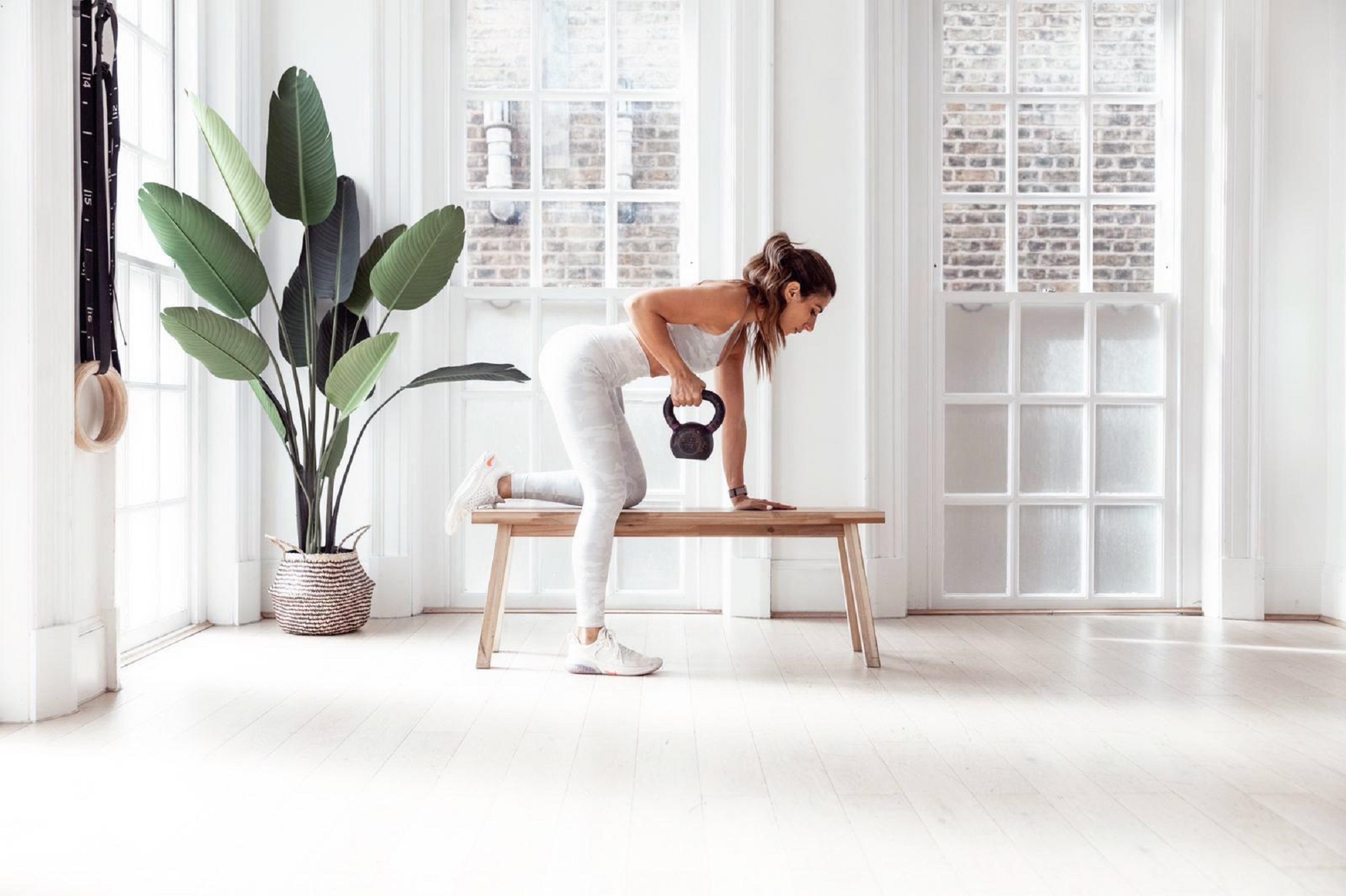Expert Reveals Post-Workout Tips that are Crucial to Speed Up your desired Results

There are many factors of a workout that can determine just how effective it is, from your chosen exercises to your dietary decisions. However, your activity after a workout is just as important, whether you wish to see increased muscle mass or weight loss.
Exercise and nutrition experts at Fitness Volt have highlighted five post-workout tips that are essential for achieving optimum results.
Light exercise on rest days has many advantages
While it is essential for your muscles to recover after intense exercises that have left them sore, such as lifting heavy weights, you can stay active on rest days by opting for light exercises instead – whether that be taking a walk or yoga. Alternatively, if you focus on one area of the body on one day, switching to a different area the next day you will still allow your sore muscles to heal. Doing so is beneficial for removing toxins, preventing the build up of lactic acid, and even boosting circulation.
Skipping meals will hinder your fitness journey
Skipping meals will only prevent you from seeing workout results quickly. When working out, your body loses electrolytes, which are responsible for creating energy and contracting muscles loses electrolytes, which are responsible for creating energy and contracting muscles in your body. Therefore, eating foods high in calcium and sodium after a workout are necessary. Foods with these nutrients include sweet potatoes, olives, cottage cheese, and pickles. Not to mention, eating regular meals helps the muscle building process by supplying your body with nutrients, and this process speeds up your metabolism and contributes to weight loss.
Don’t neglect protein rich foods
Whether your goal is to build muscle or lose weight, prioritising protein when it comes to your diet is crucial for both. This particular nutrient helps to repair and rebuild muscle, thus reducing soreness and allowing you to exercise more often – plus, it reduces your appetite to stop you from eating too much. Boiled eggs and Greek yoghurt are just some of the examples that are both high in protein and low in fat, and for optimum results you should eat high-protein foods around 30 minutes after working out.
Finish your workout with a cooldown
Cooling down after working out is just as essential as a warm-up. It’s natural to have an increased heart rate, body temperature, and dilated blood vessels when exercising, but a quick stop increases the chance of you passing out or not feeling well. If your workout involved lifting heavy weights, then take some time before you stop to do around 15 minutes of stretching, or even a five-minute walk or jog if you completed a cardio workout. You will also find that your muscles are less sore the next day with a warm down.
Take a cool shower
The thought of a cold shower may not sound extremely appealing but taking one after a workout will not only cool you down after an intense workout – it can also help the healing process by decreasing the inflammation of your muscles after exercising. Therefore, you will experience reduced soreness the following day and can train the same area sooner as opposed to spending too much time on letting it recover.
A spokesperson from Fitness Volt has commented: “Fitness journeys often consist of a lot of discovering and exploring; trying different exercises, experimenting with variations, and simply finding out which exercises work best for you. As a result, you may focus too much on the workout and neglect the extra steps that you can be taking. Thankfully, these post-workout tips are simple yet extremely effective when it comes to speeding up your workout results, whether it’s by taking a stroll on a rest day or incorporating Greek yoghurt into your diet.
The research was conducted by Fitness Volt which is a comprehensive online resource dedicated to Strength Sports, from healthy eating to exercise and everything in between.






